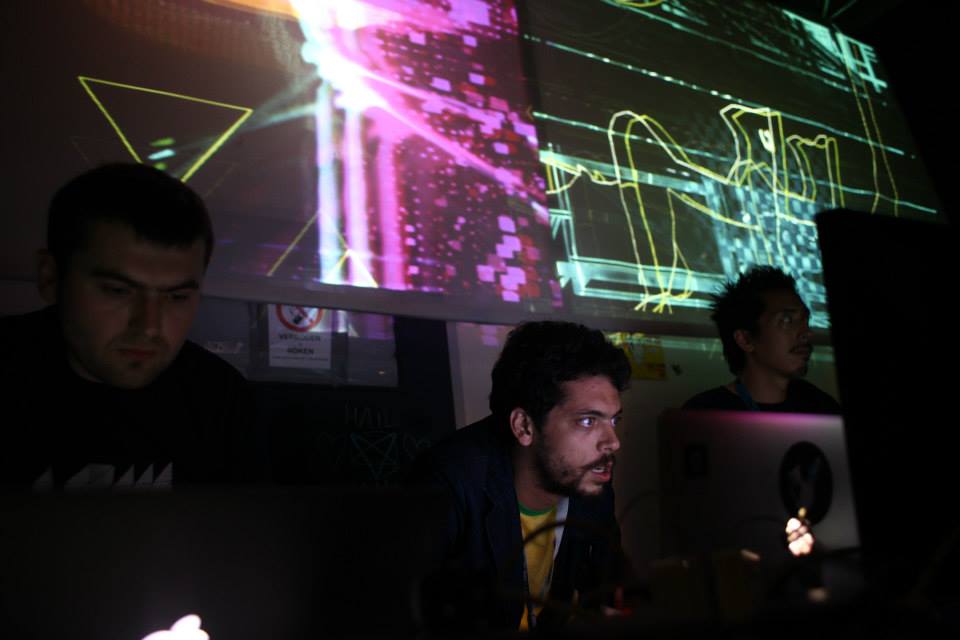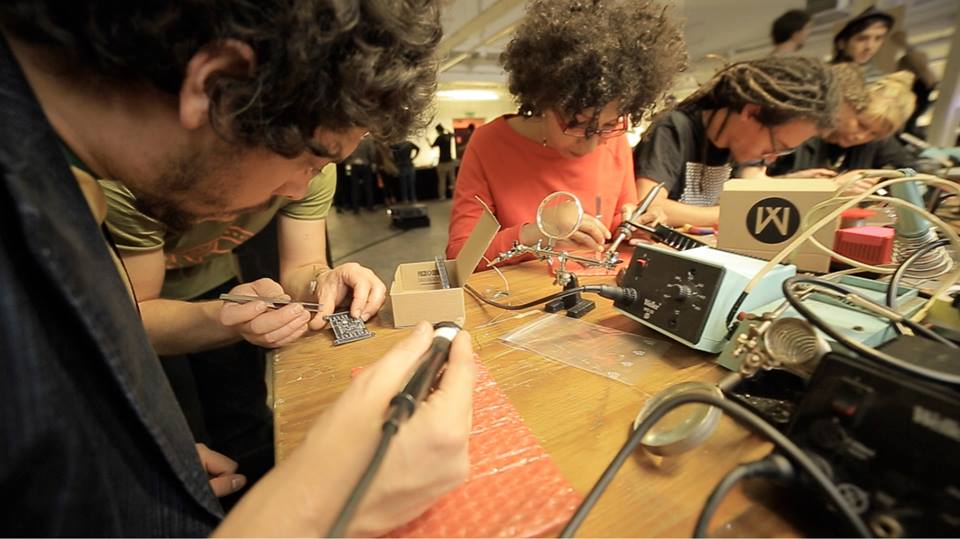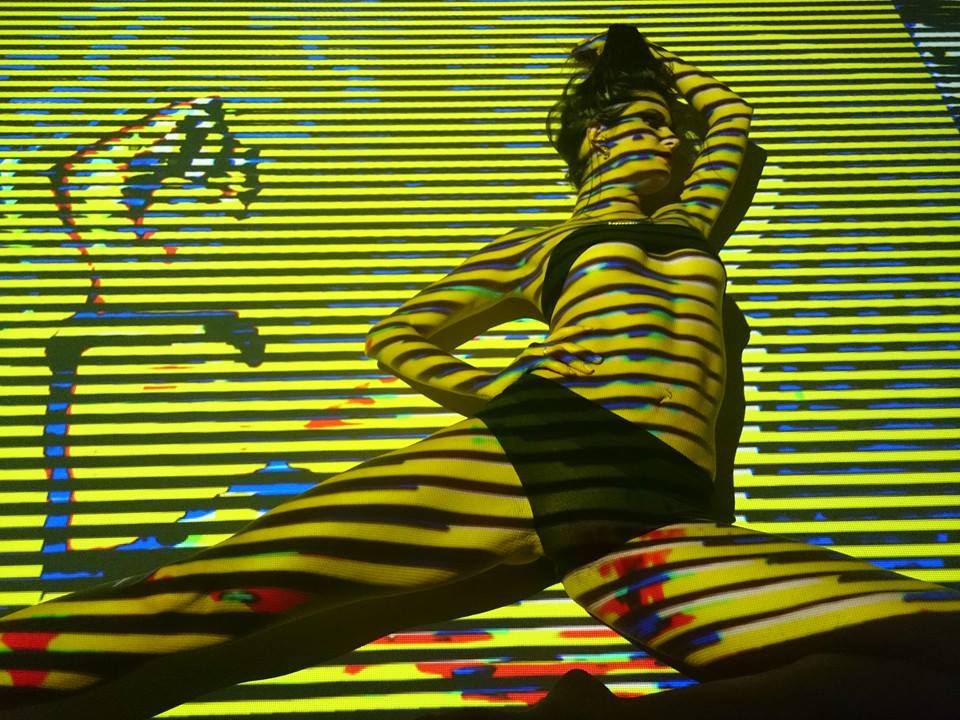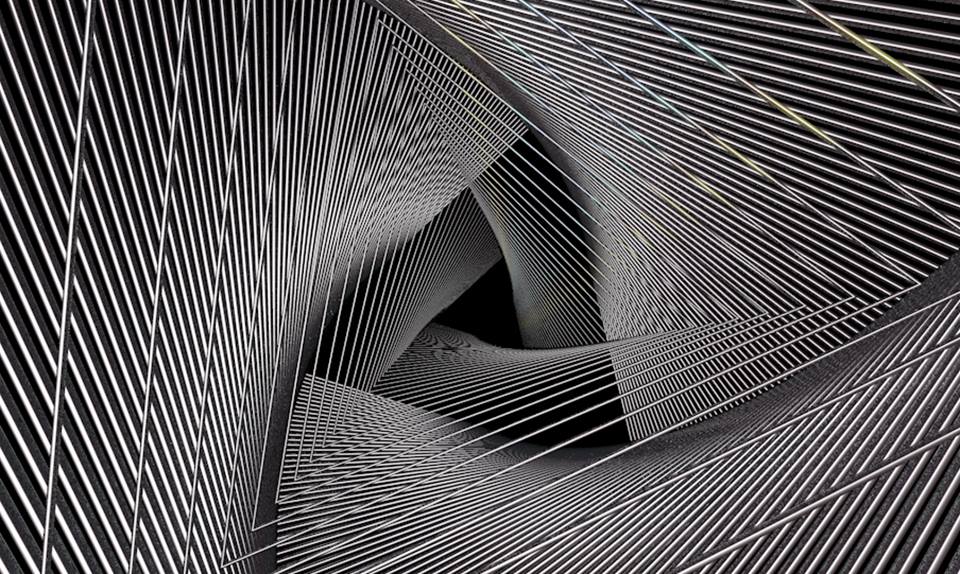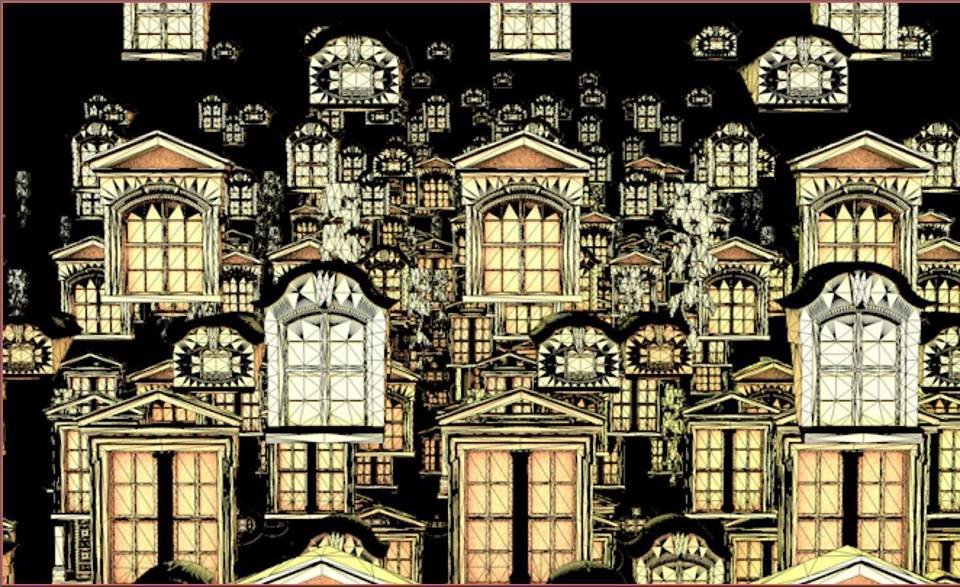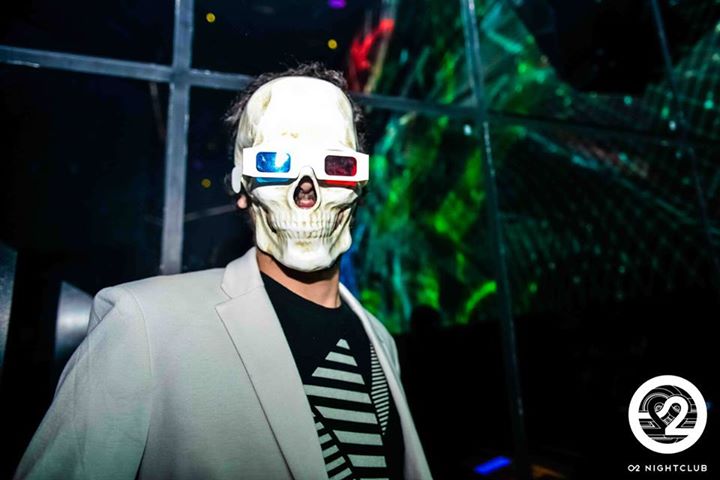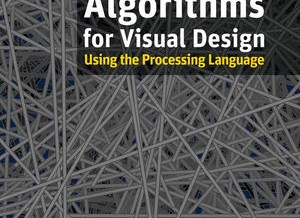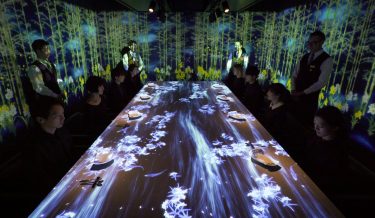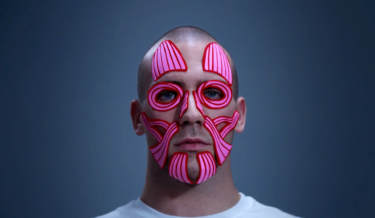Related post
Worlds Unleashed and then Connecting – SAGAYA
Jun 24, 2017
|
Comments Off on Worlds Unleashed and then Connecting – SAGAYA
2051
Your Brain on “Drug’s Alive” by Tom & Nicos
Jan 18, 2017
|
Comments Off on Your Brain on “Drug’s Alive” by Tom & Nicos
1935




